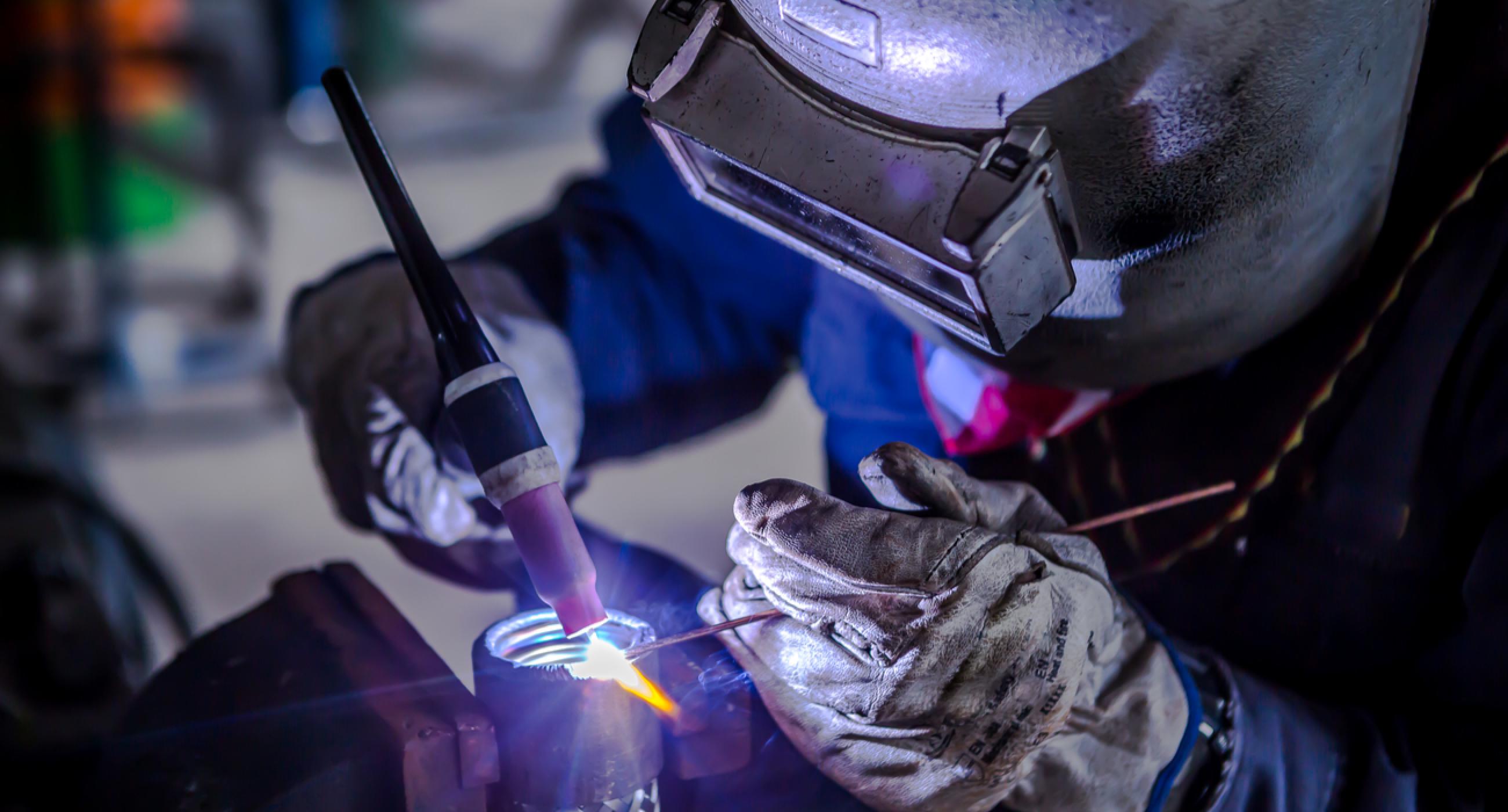Welding processes are essential within industrial processes, allowing different components to be connected together by adding heat at the ends to be connected. The B16.11 fittings, being butt-welded fittings, are strongly affected by this type of process as an optimization of this allows to make the most of the structural and microstructural characteristics of the components, improving the performance in operation.
Despite this, the welding process is particularly complex and, both the design and study phases and the application phases, must be carried out by expert and certified personnel. In fact, the heat input, if not properly carried out, can modify the microstructure not only in the melting zone, where filler metal can also be added, but also the thermally altered zone, significantly reducing the mechanical characteristics and resistances of the connected components and, in this specific case, of the welded fittings B16.11.
The types of welding
Welding, as anticipated, is a complex process, regardless of whether it is the connection of
B16.11 fittings or any other component, but it also brings significant advantages. Among the various types present there are:
- MIG / MAG welding: it is an easy and versatile type of welding that can be carried out quickly and in any position. It is an arc welding with wire acting as the anode and the component itself acting as the cathode. MIG welding is suitable for light alloys, MAG welding is more suitable for steels;
- TIG welding: is an arc welding between the cathode, consisting of a tungsten filament, and the anode, represented by the piece itself, with a protective atmosphere of inert gas. The quality of this weld is excellent and the cleanliness is high;
- Electrode welding: this is the most common type of welding and is characterized by an electrode with a central core, i.e. a metal rod, and an external coating. During the process, both the rod and the coating melt, modifying the atmosphere of the area and forming a slag with a density lower than that of the metal: in this way it tends to remain on the surface and protect the metal from problems such as oxidation;
- Plasma welding: the gas, thanks to an electric arc between the component and the electrode, is brought to the plasma state. It has excellent quality and is widely used on an industrial level;
- Laser welding: the use of lasers in welding is a modern practice that allows high speeds. The energy density, in fact, is high and allows to reduce the time for the single welded joint. Thanks to its characteristics it is heavily used in the aeronautical and automotive fields.
In practice, therefore, the most commonly used techniques for fittings are TIG and MIG / MAG welding which allow to obtain an excellent trade-off between speed, quality and cost of the joint.
